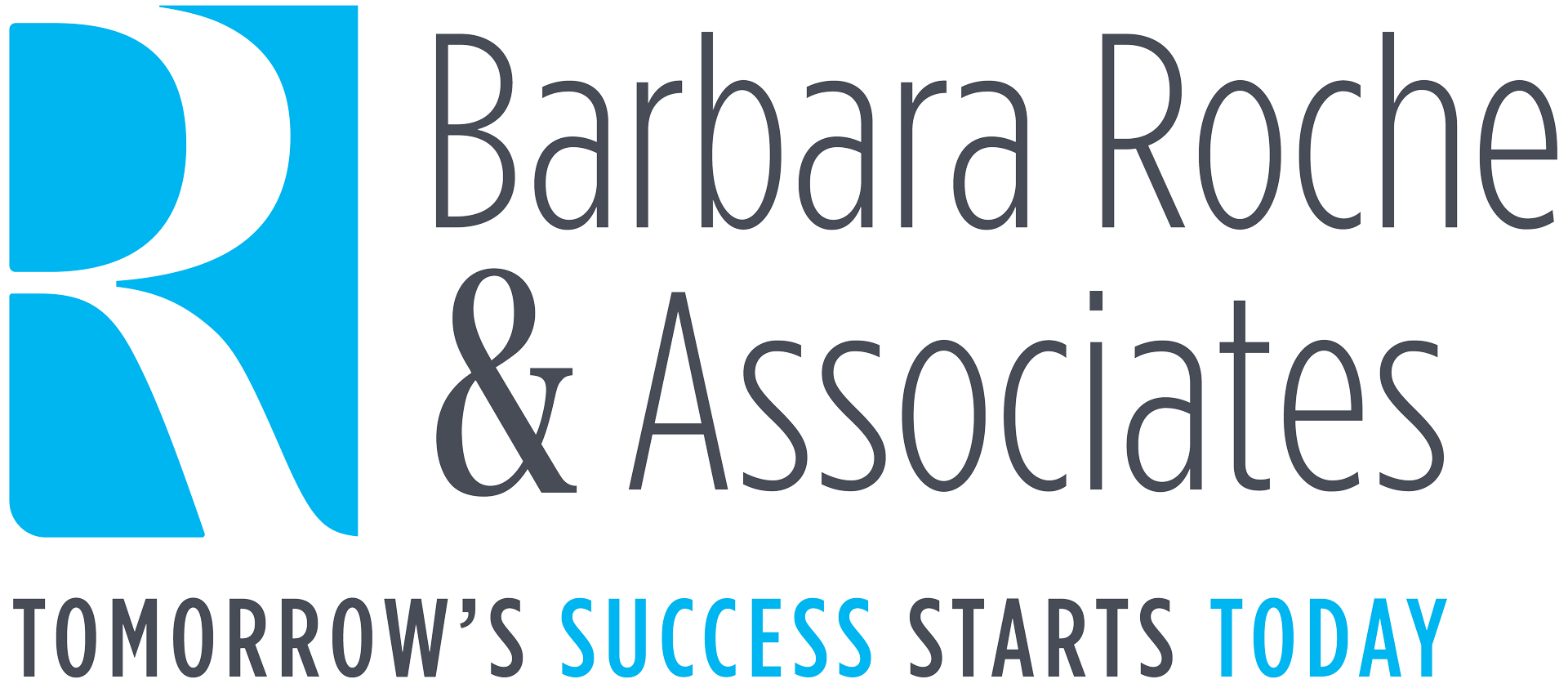I was facilitating a meeting last week with a leadership team who was trying to advance their strategic plan that was stuck in a ditch, to the point where one of the employees asked her manager, “What plan?”
The CEO said to the directors, “Please, I beg you, don’t make a PowerPoint deck for our next meeting. I don’t want to be ‘sold’ on your ideas like I’m the big whale you’re trying to hook. Just give me an update on the four things we discussed today.” Such a clear and easy directive, and one we should all be ready to deliver on the spot. But are we?
At some point, everyone in the working world is called upon to give an update to the boss, team leader, or customer. In some instances, it’s a subtle request, embedded in everyday conversation, so we may not recognize it as our moment to shine; to communicate in a thoughtful, brief and influential manner. Perhaps your boss likes to say, “So what’s new?”, or, “How’s it going?” In other instances, it’s a more formal request and we can plan in advance. For example, you know that every three weeks you are to attend a meeting and provide a 10-minute update on your project. One would think the latter is a much easier update to deliver, but my experience shows that many of us put it off until the last minute.
Assuming you don’t carry Excel spreadsheets and glitzy infographics in your pocket, you are left with your ability to capture the attention of your audience, structure a road map for your thoughts, and advance your career. How well do you communicate in these moments? Do you enhance your brand or diminish it? Do you consider these moments opportunities or rotten luck? Let’s find out. Do you:
1. Establish a focus quickly? Don’t wander all over hell’s half acre looking for a key message. People are busy and easily frustrated by having to work too hard at listening intently for a crumb of relevance.
2. Emphasize progress? Instead of a play-by-play because it’s easier for you to keep track of your thoughts, offer an update that picks up where you left off with this person. If you cannot identify one thing that fits under the category of “progress,” then think about what’s been learned, what’s changed, what’s different.
3. Foster interaction? Some of us launch into a monologue that seems like a brief amount of time to us, but an eternity to the listener. Talk in chewable bites that allow your audience to respond, to do their part to advance the conversation.
4. Speak to your listener’s needs/interests? If you are a black belt in managing up, then you are adept at structuring your updates to appeal to your boss’s needs and preferences. If your boss likes numbers, be sure you lead with the tangible aspects of your update. If your boss is a big picture person, stay out of the weeds.
5. Know your purpose? Do you want more interaction with this person? Less? Do you need them to remove barriers, give you more money, more authority? Whatever it is, don’t squander the moment to ask. If it’s too early or not the right setting, then plant a seed, at least.
Opportunities to deliver everyday presentations lead to the skills and attributes necessary for the high-profile presentations. Think of them as practice – like playing at your best in the minor leagues so you are ready when you’re called the Big Show.


